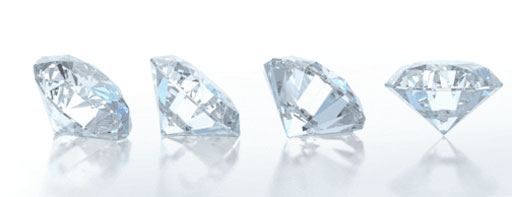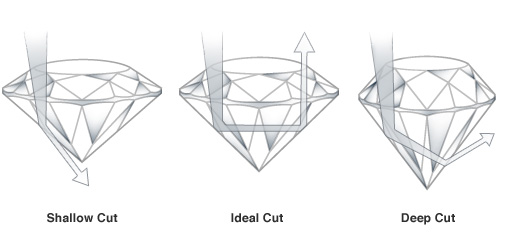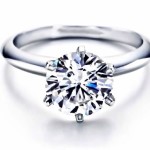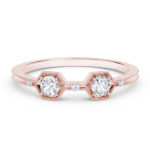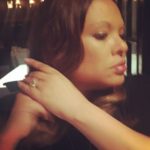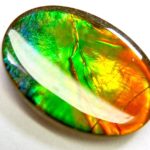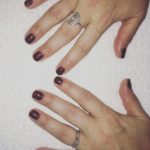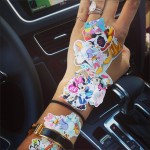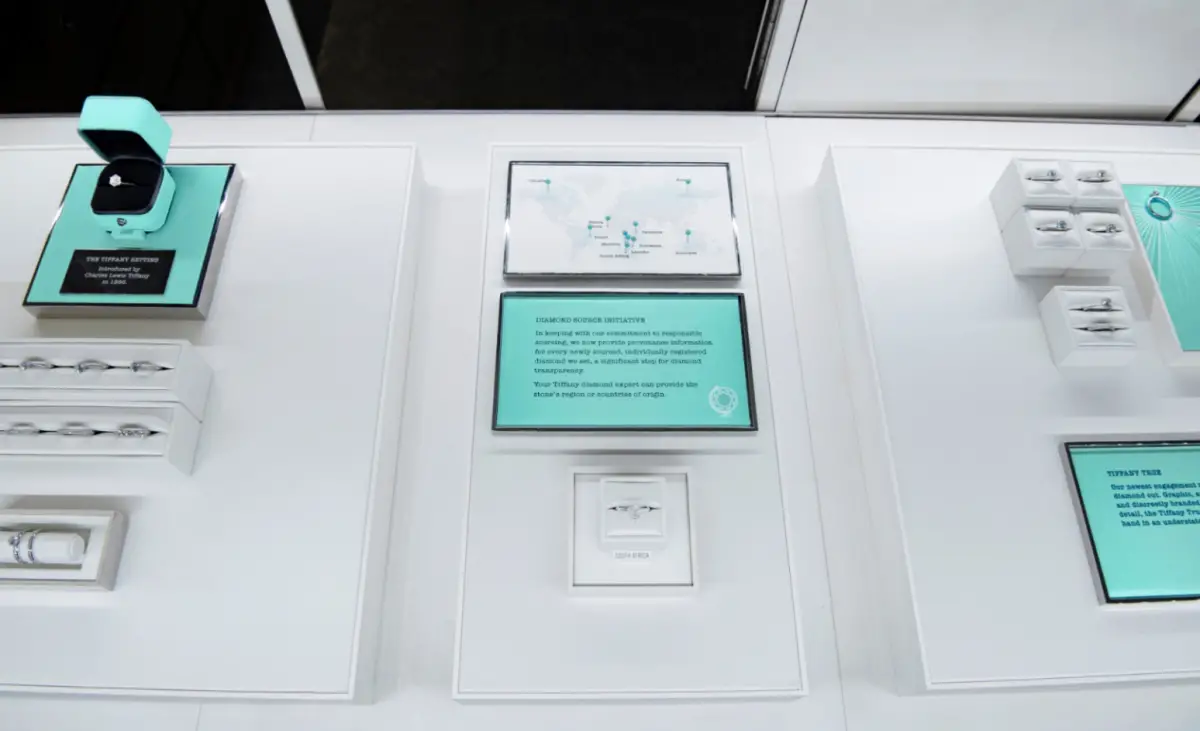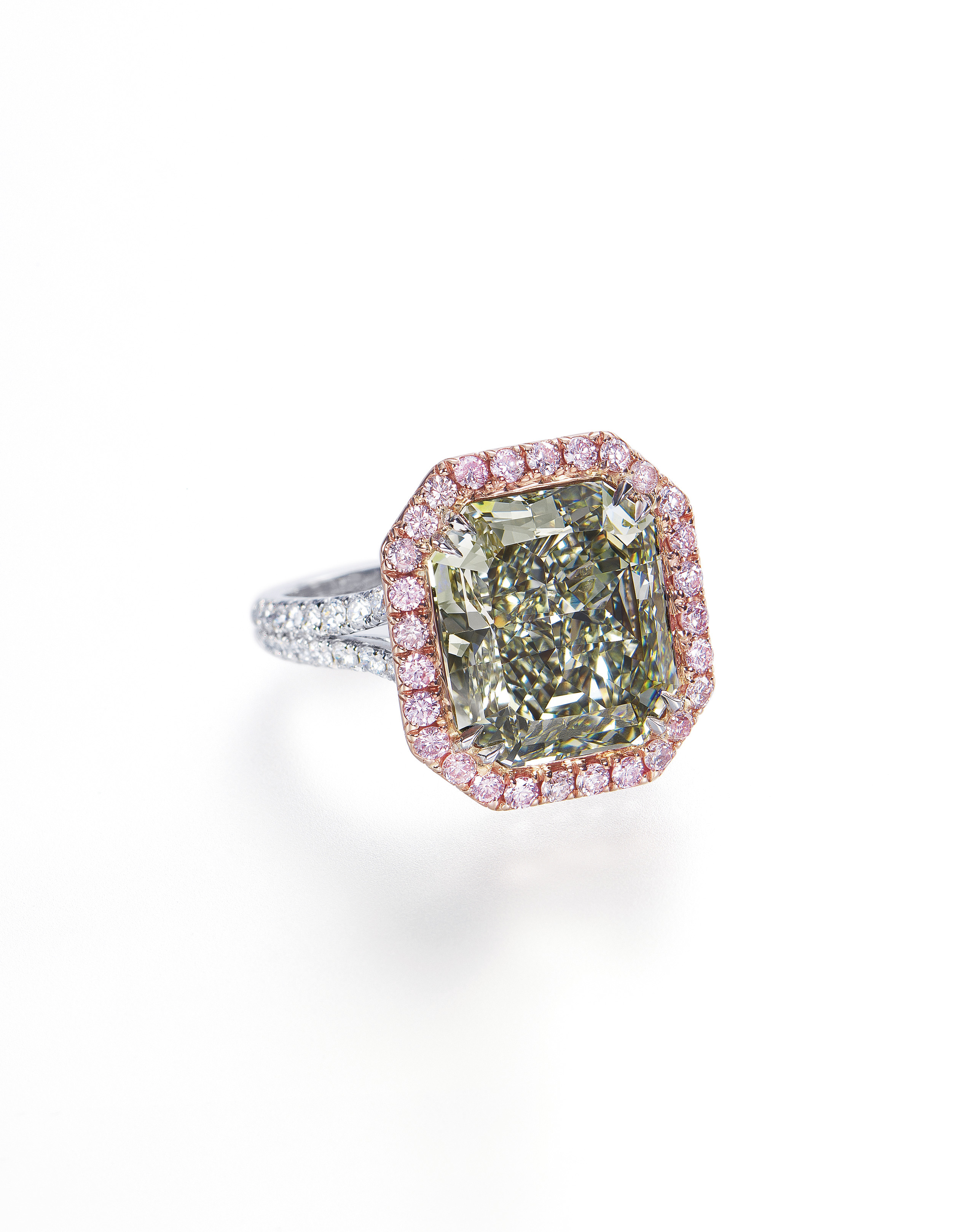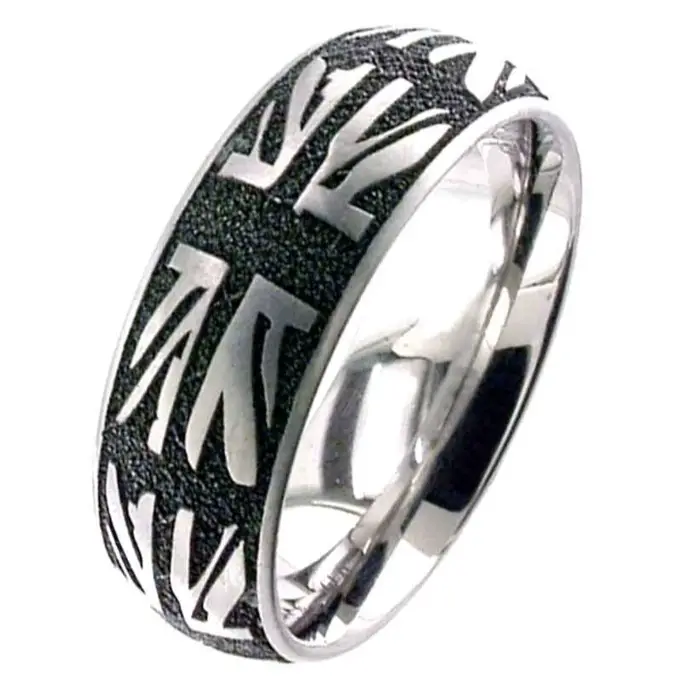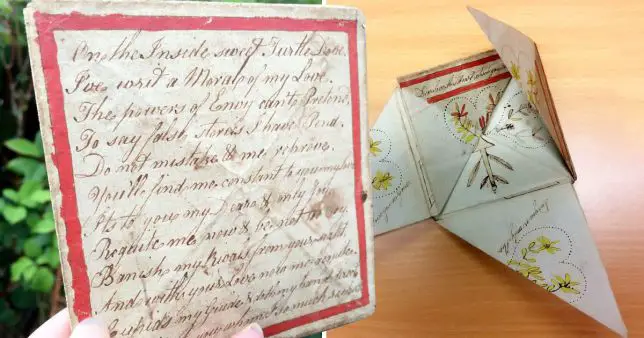The 4Cs – it’s the first thing most people hear when they start searching for an engagement ring, and it’s usually met with at least a little bewilderment. The majority of soon-to-be fiances are surprised to hear that buying an engagement ring isn’t as simple as going into a jewellery store, picking one out and paying for it (yes, really). But don’t worry – we’re about to decode the mysterious 4Cs for you. Spoiler alert: it’s not actually as confusing as you think.
The 4Cs is the universal standard for determining a diamond’s quality and value. In other words, it’s important stuff. Would you buy a new car based on its appearance alone, without test driving it or getting some details on engine size or miles to the gallon? We’re guessing not – ergo, getting up to speed on the 4Cs is essential. When you go ring shopping it’s the first thing your jeweller will mention when showing you some choice pieces, and while they’ll happily explain it to you if you ask, you’ll save yourself lots of time and brow-furrowing if you know what you’re getting into before you go shopping.
A very brief history of the 4Cs goes like this: every single diamond on earth is unique; no two are the same since they’re organic substances. Until the mid-20th century there was no standard by which diamonds could be judged and valued. So the Gemological Institute of America created one that is now globally accepted for any diamond anywhere in the world.
Here’s what you need to memorise. The 4Cs are:
- Carat
- Colour
- Clarity
- Cut
Now let’s take a closer look at each, in that order.
Carat
Most people are already familiar with this one. In simple terms, carat refers to the weight of the diamond. 1 carat is 200 milligrams and each carat is divided into 100 ‘points’, meaning that carat weights can be measured very precisely. Naturally, the bigger the carat the bigger the size – and the higher the price. However, a diamond’s overall price takes all of the 4Cs into account; so you may be comparing two diamonds of exactly the same carat but with a significant difference in price. This is because they will have different cuts, clarity and colours. With that in mind, there’s much more to a diamond than its carat – so don’t get caught up in finding a 1, 1.5 or 2 carat stone (known as ‘magic sizes’ and usually accompanied by steep price hikes).
Colour
You’re probably thinking ‘diamonds don’t HAVE a colour!’ Well, they do, but it’s actually a lack of colour that this C is judged on. A ‘perfect’ diamond has no hue whatsoever, but those are rare finds and incredibly expensive. Diamonds actually range from colourless to having a yellow or brown tint, and the GIA grades these with the letters D-Z (D being colourless, Z being ‘light’). The untrained eye won’t be able to distinguish these differing subtle colour grades unless comparing two diamonds from opposite ends of the scale, but they affect the value of your diamond none the less. There are also ‘fancy colour’ diamonds which have a distinct yellow colour saturation, but are considered a different ball game to ‘white diamonds’.
Clarity
As part of the formation process, all diamonds pick up some flaws known as ‘inclusions’ (marks on the interior) and ‘blemishes’ (scratches, pits or other flaws on the surface). This is what ‘clarity’ refers to. For the majority of diamonds you’ll see, these flaws will be unnoticeable to the untrained eye, but when you examine your stone with a ‘loupe’ (a jeweller’s magnifying glass) you may be able to spot them. A flawless diamond is almost impossible to find and definitely not affordable unless you’re a billionaire. Depending on the number, size, position and nature of these flaws, your diamond will be graded as flawless, internally flawless, very very slightly included, very slightly included, slightly included or included. Anything from ‘very slightly included’ and up is in no way noticeable without examination using specialist equipment.
Cut
Most people mistakenly think a diamond’s cut and its shape are interchangeable, but in fact a diamond’s cut refers to its proportions and how well it refracts light. It takes expert skill to cut a diamond to precise proportions and symmetry so that the light enters and leaves it from specific angles, creating that distinctive sparkle. As with the other Cs, the GIA grades a diamond’s cut into 5 categories; excellent, very good, good, fair and poor. An excellent diamond must have the right pattern of light and dark areas, and as much ‘brilliance’ and ‘scintillation’ (jewellery jargon for light reflection and the ‘rainbow’ effect) as possible.
